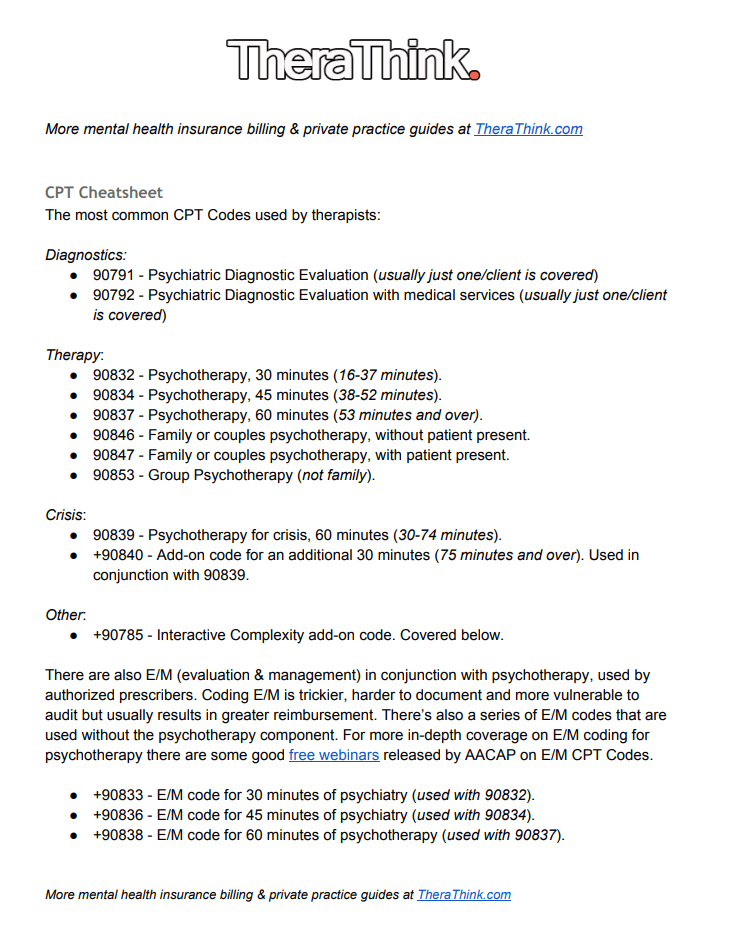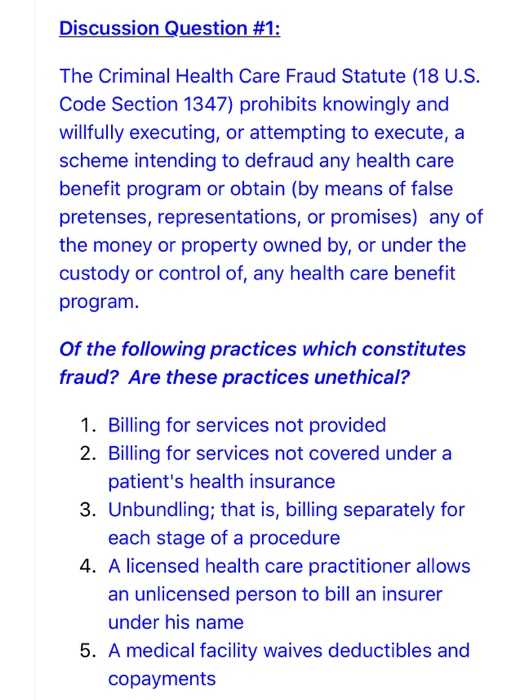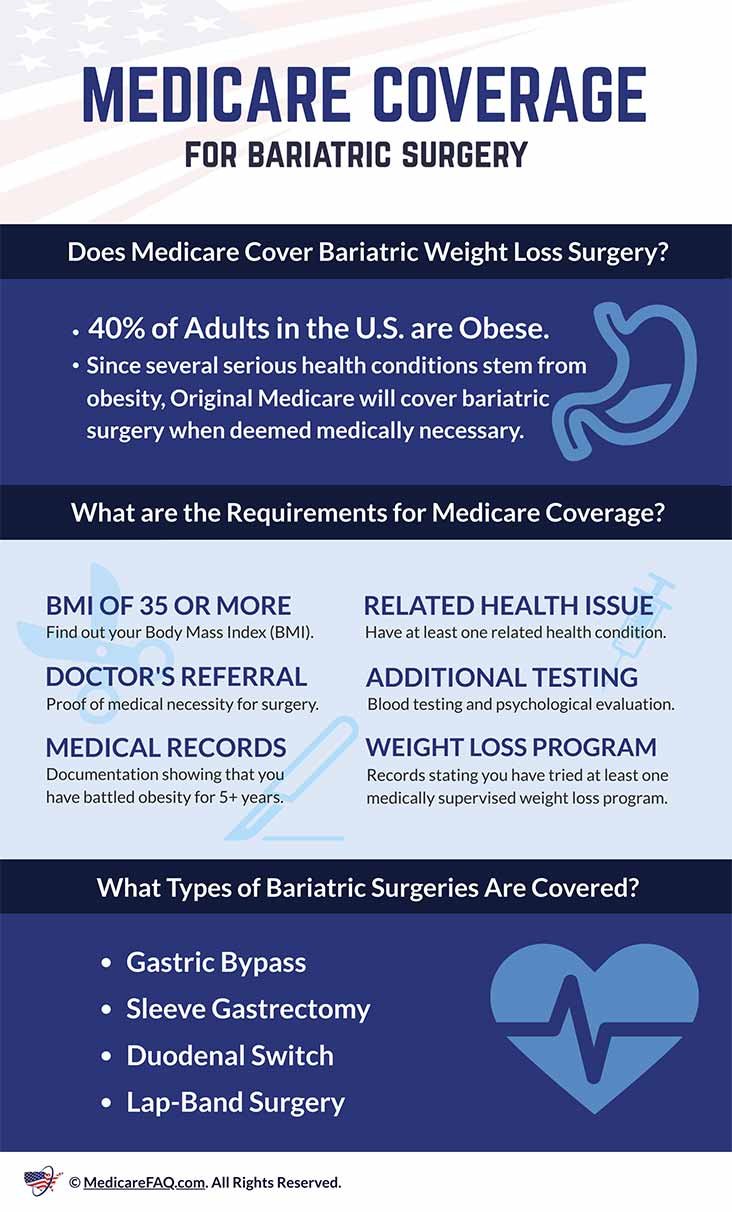Sanitary food handling and public facility cleanliness are covered by health codes. They set standards for food safety, hygiene, and pest control in public spaces.
Navigating health codes is essential for restaurants, food vendors, and public facilities operators, as adherence to these guidelines ensures the well-being of consumers and the community. Health codes vary by region, but they typically encompass a range of regulations designed to prevent foodborne illnesses and ensure that environments where food is prepared, stored, and served are clean and safe.
Authorities regularly check compliance with these codes, and violation can result in penalties, closures, or other legal actions. For businesses, understanding and implementing health code practices is crucial for maintaining a reputable standing and safeguarding public health.
Introduction To Health Codes
Have you wondered what keeps you safe when you eat at a restaurant or shop for food? Health codes play that vital role. These are rules to prevent illness and ensure well-being. Let’s dive into the world of health codes and explore their purpose and scope.
Purpose Of Health Regulations
First, why do we have health regulations? The answer is simple. They protect public health. Health regulations aim to:
- Guard against contamination in food service,
- Promote cleanliness in public spaces,
- Prevent disease outbreaks,
- Ensure safe living and working conditions.
Scope Of Health Codes
Health codes cover a vast area. They touch almost every aspect of our daily lives. Here are the main areas where health codes apply:
| Area | Coverage |
|---|---|
| Food Safety | Restaurants, cafes, food trucks, and supermarkets |
| Personal Hygiene | Gyms, spas, salons, and public bathrooms |
| Living Conditions | Residential buildings, hotels, and schools |
| Work Environment | Offices, factories, and construction sites |
Food Safety Standards
Food Safety Standards are crucial for maintaining public health. They help prevent foodborne illnesses. Health codes cover a range of practices and policies. These include restaurant inspections, food storage, and preparation. Understanding these standards is essential for anyone in the food industry.
Restaurant Inspections
Regular restaurant inspections ensure dining establishments meet health codes. Inspectors assess several areas:
- Kitchen cleanliness
- Proper food storage
- Employee hygiene
- Cooking temperatures
Inspection scores directly influence a restaurant’s reputation.
Safe Food Handling Practices
Safe food handling avoids contamination and illness. Key practices include:
| Practice | Benefit |
|---|---|
| Regular hand washing | Reduces germ spread |
| Using gloves | Minimizes direct contact |
| Separating raw and cooked foods | Prevents cross-contamination |
| Cooking to right temperatures | Kills harmful bacteria |
Following these health codes is mandatory for all food service providers.
Public Facilities Compliance
Health codes keep public spaces safe for everyone. Public Facilities Compliance ensures places we all use meet health standards. Let’s explore two areas: gyms, pools and public restrooms.
Sanitation In Gyms And Pools
Gyms and pools must follow strict rules for cleanliness. These places have risks of germs and diseases. Health codes require:
- Regular cleaning of all equipment and surfaces.
- Proper pool sanitation to prevent waterborne illnesses.
- Clear display of health rules for everyone to see.
- Access to sanitizing products for guests.
Standards For Public Restrooms
Restrooms in public areas are high-traffic spots. They must meet certain criteria:
| Requirement | Importance |
|---|---|
| Consistent Cleaning | Reduces spread of germs. |
| Handwashing Facilities | Prevents contamination after restroom use. |
| Adequate Supplies | Ensures availability of soap and paper towels. |
| Regular Maintenance | Fixes issues quickly to avoid health risks. |
Restrooms must also be accessible and in good working order at all times.
Housing And Accommodation Regulations
Health codes play a vital role in our well-being. One key area they oversee is housing and accommodation. Good health starts at home, and these regulations ensure we live in safe, clean environments. Let’s dive into some crucial aspects of health codes related to housing.
Pest Control Measures
Pests pose serious health risks. They can spread diseases and worsen living conditions. Effective pest control is a top priority under health codes. Landlords must practice regular pest management. This includes:
- Inspections for signs of infestation
- Eradicating pests using safe methods
- Sealing possible entry points
- Regular trash disposal to avoid attracting pests
Residents should report sightings to landlords immediately.
Maintenance Of Living Conditions
A safe home is well-maintained. Property owners have responsibilities. They must upkeep all essential systems like:
| System | Details |
|---|---|
| Plumbing | Ensure water runs clean, no leaks. |
| Heating | Maintain adequate warmth during cold. |
| Electrical | Prevent outages, ensure system safety. |
| Structural Integrity | Buildings must be safe, no hazards. |
Regulations ensure living spaces meet safety standards. They cover fire exits, air quality, and more. It fosters a healthy community for all residents.
Infection Control In Healthcare Settings
Protecting patients and healthcare workers is essential. Health codes cover many areas. Infection control is a big part. It helps prevent the spread of germs. Hospitals and clinics follow strict rules. They keep everyone safe. Let’s explore the key parts of these health codes.
Sterilization Protocols
Sterilization kills germs on medical tools. Every instrument must be sterile. This is to stop infections.
- Autoclaves use steam to clean.
- Chemical sterilants work on heat-sensitive items.
- Ultraviolet light may be used in some cases.
These methods are checked often for effectiveness.
| Method | Use Case | Frequency of Checks |
|---|---|---|
| Autoclave | General Instruments | Daily |
| Chemicals | Plastics, Electronics | Each Use |
| UV Light | Room Sanitization | Weekly |
Patient Isolation Policies
Isolating patients stops germs from spreading. Some patients have infections. They need to stay in special rooms.
- Patients with airborne diseases have private rooms.
- Signs on doors tell visitors about special rules.
- Staff wear masks, gowns, and gloves around these patients.
These policies are critical during outbreaks. They protect everyone in the hospital.

Credit: www.techtarget.com
Workplace Health And Safety
Workplace health and safety is crucial for any business. It ensures employees are safe and healthy. Health codes cover various aspects, such as cleanliness, safe work practices, and emergency procedures. They aim to prevent workplace injuries and illnesses. Below are key areas that health codes cover under this category.
Ergonomics And Employee Well-being
Ergonomics is about designing workplaces that fit employee needs. This reduces the risk of injury. Proper ergonomics is part of health codes. This includes:
- Adjustable chairs to support the spine
- Desks at the right height to prevent strain
- Correct monitor placement to protect eyes
Employee well-being extends beyond the physical. Mental health is also protected. This includes stress management and reasonable work hours. Happy employees are more productive.
Hazardous Material Handling
Health codes also cover hazardous material handling. Safety measures must be in place. These include:
| Material | Handling Requirements | Storage Guidelines |
|---|---|---|
| Chemicals | Gloves and masks needed | Sealed and labeled containers |
| Biological agents | Specialized training mandatory | Temperature-controlled environments |
Employees must follow these guidelines to avoid accidents. Proper training is essential. Safety data sheets should be accessible to all.
Personal Service Establishments
Personal service establishments form an essential part of our communities. They cater to our aesthetic and personal grooming needs. Yet, they also come under strict health codes. These codes ensure that services are safe for everyone. From tattoos to haircuts, safety is key. Let’s explore the health standards that keep these establishments trustworthy.
Tattoo And Body Piercing Safety
Professional tattoo and piercing studios follow rigorous health codes. The goal is simple: prevent infections and guarantee safe procedures. These are some of the criteria they must meet:
- Sterile equipment: Every needle and tube is single-use and sterile.
- Clean environment: Surfaces are disinfected between each client.
- License and training: Artists must have proper certification and training.
- Aftercare information: Clients receive guidelines on how to care for their tattoos or piercings.
Cosmetology And Barber Shop Sanitation
Cosmetology and barber shops are hubs of personal care activities.
They must adhere to strict sanitation protocols to protect clients:
| Area | Sanitation Requirement |
|---|---|
| Tools and Equipment | Every comb, brush, and scissor is cleaned and disinfected after use. |
| Workstations | All surfaces are wiped down and sterilized regularly. |
| Hand Hygiene | Staff must wash hands before and after servicing each client. |
| Waste Disposal | Proper disposal of single-use items is mandatory. |
Impact Of Health Codes On Business
Health codes are essential in maintaining public safety and consumer trust. Every business that handles food, offers accommodation, or provides services related to health and personal care must adhere to specific health standards. These regulations aim to prevent the spread of diseases, ensure sanitary conditions, and provide a clean environment for customers and employees alike. The influence of these codes reaches far into a business’s operations, reputation, and financial performance.
Consequences Of Non-compliance
Businesses must follow the health codes set by authorities. Failure to do so can lead to severe outcomes:
- Fines and Penalties: Businesses can face heavy fines, which can impact their finances.
- Shutdowns: In extreme cases, non-compliance can result in the temporary or permanent closure of a business.
- Reputation Damage: News of health code violations travels fast, resulting in lost customers and sales.
- Legal Action: Customers can sue companies for health-related damage.
Benefits Of Adhering To Standards
Meeting and exceeding health code requirements brings positive returns:
- Customer Trust: Clients return to places they deem safe.
- Employee Well-being: Workers are happy and healthy in clean environments.
- Lower Risk: Fewer chances of incidents that can lead to closures or legal issues.
- Brand Image: Compliance boosts the business’s image, setting it apart from competitors.
Businesses that prioritize health standards often enjoy a competitive edge, as they attract and retain customers and employees who value health and safety.
Role Of Public Health Departments
The Role of Public Health Departments is vital in maintaining community health standards. They oversee health codes, which touch on various aspects of public life. Their focus extends to restaurants, public pools, schools, and many other facilities. These departments work tirelessly to prevent disease outbreaks and promote healthy living conditions.
Enforcement Of Health Codes
Public Health Departments play a crucial role in enforcing health codes. They ensure that local businesses and public spaces adhere to strict guidelines. This task involves regular inspections, licensing, and monitoring activities. Professionals, known as health inspectors, carry out thorough checks to protect the public from health risks. Non-compliance with health codes can result in penalties or closures.
Here are some areas covered by health codes:
- Food safety in restaurants and markets
- Sanitation in public accommodations
- Waste disposal and management
- Water quality in pools and spas
- Air quality in enclosed spaces
Community Health Outreach Initiatives
Besides enforcement, Public Health Departments engage in community health outreach. These initiatives aim to educate and empower individuals.
Their programs can include:
- Vaccination drives to prevent diseases
- Nutrition workshops for healthy lifestyles
- Fitness activities to promote physical wellbeing
- Mental health resources and support groups
Outreach programs also collaborate with schools, community centers, and non-profits. These partnerships work to create a network of support for all community members.

Credit: therathink.com
Advancements And Future Of Health Codes
The landscape of health code regulations is rapidly evolving. As technology advances, it heralds a new era marked by sophisticated compliance measures and innovative ways to ensure public health safety. In this post, we’ll delve into the advancements in health codes and what the future may hold for this crucial sector.
Technology’s Influence
Technology propels health code standards forward. With digital tools, authorities enforce regulations more efficiently. Health inspectors now use software to track violations and improvements. This ensures all venues follow the same guidelines. Biotech is also in play, enabling real-time pathogen detection.
- Automation in monitoring systems
- Instant data analysis with AI
- Integration of wearable tech for personal health monitoring
Predicted Changes And Trends
The coming years will unfold new health code trends. These predictions reflect how societies will prioritize health and safety. A shift towards more personal health responsibility is expected, with technologies enabling users to assess their compliance.
| Trend | Impact |
|---|---|
| Smart Devices Integration | Personal health tracking escalates |
| Regulation AI | Faster, more accurate compliance checks |
| Eco-friendly Materials | Codes supporting sustainability rise |
Future codes will likely involve more consumer interaction and awareness. Transparent reporting systems will provide clarity on establishments’ adherence to health codes. Ongoing education programs will become standardized to keep both providers and consumers informed.
Navigating Health Codes For Consumers
Understanding health codes protects everyone. These rules keep places like restaurants, gyms, and pools safe. Consumers play a big part in this process. Knowing and reporting problems helps a lot. This is a guide to help you spot and report health code issues.
Identifying Code Violations
Health code violations can be obvious or hidden. Look for unclean surfaces, food at wrong temperatures, or sick workers. These signs are red flags. Always stay alert when you visit public spaces.
- Dirty tables or equipment
- Improper food handling
- Blocked fire exits
- Pests like rodents or insects
Reporting Health And Safety Concerns
If you see a problem, don’t stay silent. Report it to the management. If they don’t fix it, contact local health authorities. Use details and be specific about what you saw.
- Talk to the place’s manager first.
- If no action is taken, find the local health department’s contact information.
- Provide clear details of what you observed, including dates and times.

Credit: quizlet.com
Frequently Asked Questions
Which Following Is Covered By Health Codes?
Health codes commonly cover food safety, sanitation, building conditions, pest control, and waste disposal.
What Is Not Covered By The Health Codes?
Health codes typically don’t cover non-medical services like cosmetic procedures, over-the-counter medications, and elective surgeries. They also exclude most alternative therapies and expenses from private healthcare when public options are available.
What Are The Essentials Of Food Safety Personal Hygiene?
Ensure regular hand washing, especially before handling food. Maintain trimmed, clean fingernails. Use protective clothing like aprons and gloves. Keep hair restrained and avoid touching your face. Stay home if you’re ill to prevent contamination.
Why Is Personal Hygiene Important In Food Safety?
Personal hygiene is crucial in food safety as it prevents contamination. Clean hands and attire help stop bacteria spread to food, reducing illness risks. Hygiene protocols ensure safe food handling and protect consumer health.
Conclusion
Navigating health codes can seem daunting, yet it’s essential for ensuring safety and compliance. Whether it’s food handling, sanitation, or workplace safety, this guide clarifies what falls under these crucial regulations. Remember, staying informed not only protects customers but also fortifies your business’s reputation.
Keep this resource handy for a healthier, law-abiding environment.







